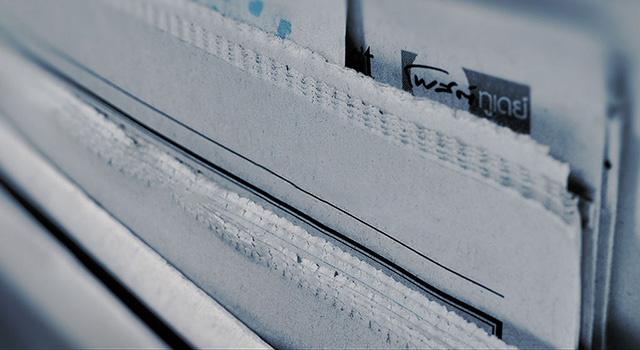底部版权信息
The company introduced a group of intelligent American ABB and SRD industrial robots, which improved the efficiency of the enterprise, met the mass production requirements of customers and ensured the quality, and attracted the well-known brand customer

The company introduced a group of intelligent American ABB and SRD industrial robots, which improved the efficiency of the enterprise, met the mass production requirements of customers and ensured the quality, and attracted the well-known brand customer
Release time:
2019-09-12 15:01
The company will participate in the Guangzhou Light and Sound Exhibition on February 19-22, 2020. The booth number is 1.1A23. Welcome new and old customers to come to negotiate.

The company will participate in the Guangzhou Light and Sound Exhibition on February 19-22, 2020. The booth number is 1.1A23. Welcome new and old customers to come to negotiate.
Release time:
2019-04-15 20:17
Analysis of the causes of foaming of die castings

Analysis of the causes of foaming of die castings
Release time:
2019-04-13 02:08
About the manufacturing steps and processes of automotive die castings

About the manufacturing steps and processes of automotive die castings
Release time:
2019-04-13 02:08

